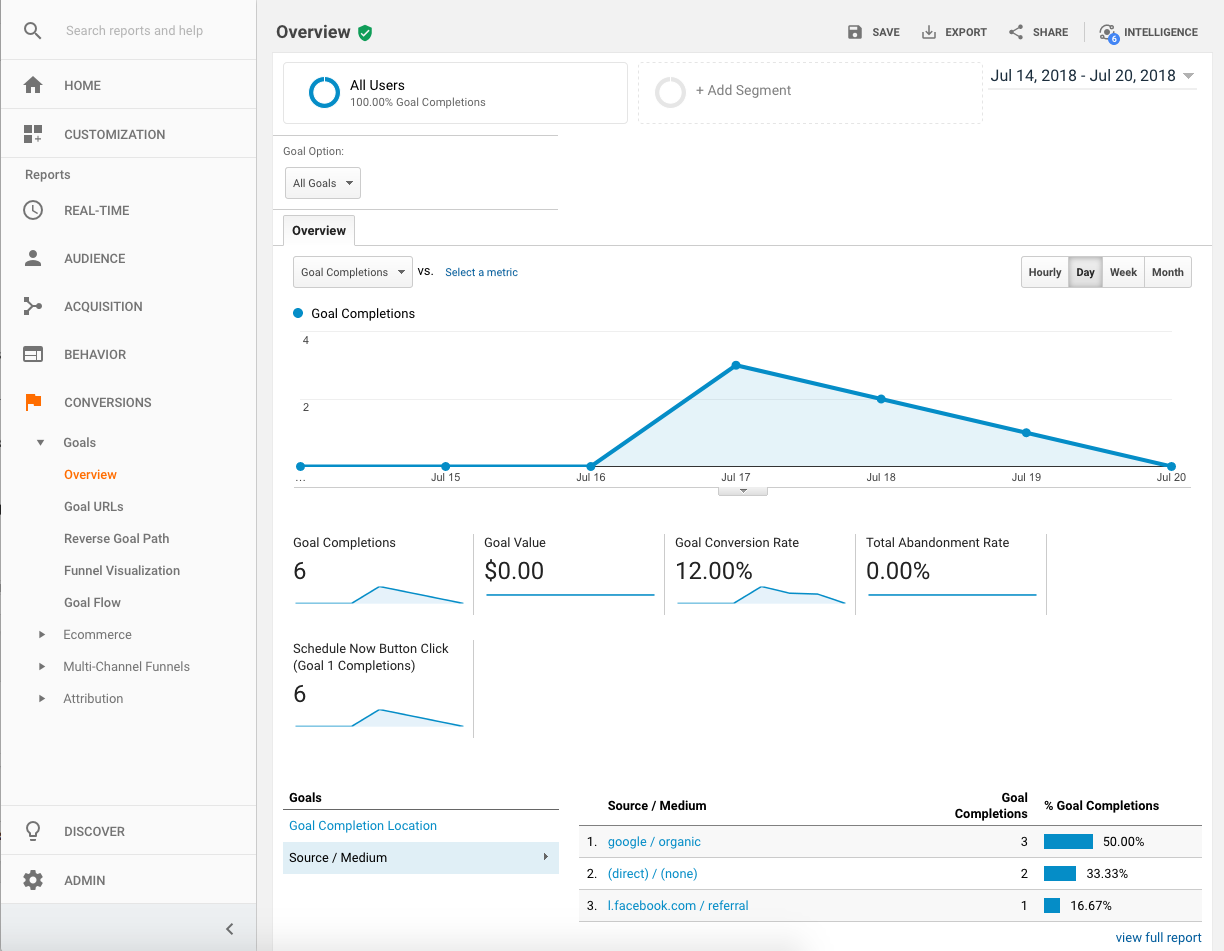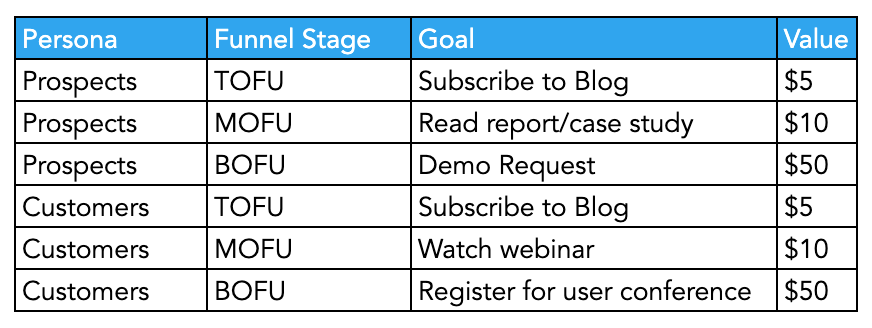Discovering What Data Is Google Analytics Goals Unable to Track
Discovering What Data Is Google Analytics Goals Unable to Track
Blog Article
Debunking Google Analytics Limitations: Reveal What Information Goals Can not Track
In the world of digital analytics, Google Analytics stands as a powerful tool that gives useful insights right into web site performance and user behavior. From the complexities of individual communication with vibrant material to the complexities of cross-device user journeys, these restrictions shed light on locations that may continue to be covered from traditional analytics viewpoints.

User Interaction With Dynamic Content
Customer interaction with dynamic content plays an essential function in recognizing customer behavior on web sites and enhancing the total individual experience. By tracking customer interactions with vibrant content, internet site proprietors can obtain useful insights into individual engagement, choices, and habits - what data is google analytics goals unable to track.
Google Analytics uses numerous tools to track user interactions with dynamic web content, such as event tracking and virtual pageviews. Event monitoring permits you to check details customer activities, like clicking a button or watching a video, offering data on just how customers interact with dynamic elements. Virtual pageviews can be used to track communications that do not lead to a new page tons, offering a thorough sight of user engagement with vibrant content. By examining this information, web site proprietors can make informed choices to improve individual experience and drive conversions.
Cross-Device Individual Journeys
Just how can contemporary analytics devices track the complex courses users take across numerous devices in their on-line journeys? Cross-device customer journeys offer a significant obstacle for monitoring and evaluating customer habits accurately. As individuals interact with internet sites or applications making use of various devices such as smart devices, desktop computers, and tablet computers, it comes to be vital to understand just how they relocate between these systems to optimize customer experience efficiently.
Google Analytics encounters restrictions in tracking cross-device customer trips as a result of privacy issues and technical restrictions - what data is google analytics goals unable to track. While it can supply understandings into individual devices' communications, tracking a seamless individual journey throughout several tools continues to be an obstacle. This constraint can result in incomplete data and fragmented user understandings, making it challenging for companies to produce a unified view of the consumer journey
To resolve this issue, companies can utilize advanced analytics devices that use cross-device tracking capabilities, allowing them to obtain a much more holistic understanding of user behavior. By leveraging these devices, organizations can link the void in tracking cross-device individual trips and enhance their digital strategies for a smooth individual experience.
Offline Conversions and Attribution
As services navigate the challenges of tracking cross-device customer journeys, another pivotal aspect to consider is the realm of offline conversions and attribution in the world of data analytics. While Google Analytics offers beneficial insights into on-line user behavior, it falls short when it comes to tracking conversions that take place offline. This constraint poses a significant challenge for businesses that have both online and offline sales channels.
Offline conversions, such as acquisitions made in physical shops or via telephone call centers, are necessary to comprehending the full client trip. Without the ability to connect these offline conversions to particular on-line interactions, organizations may battle to accurately gauge the impact of their digital marketing initiatives.
To address this gap, organizations can discover different services such as incorporating CRM systems with on-line analytics tools or making use of distinct coupon codes that can be traced back to on-line campaigns. By linking the gap between online and offline information, companies can obtain a more thorough understanding of their customers' actions and improve their total advertising methods.
Person Individual Recognition
In the realm of information analytics, the capability to precisely determine specific users throughout different on-line touchpoints is an essential challenge for companies looking for to individualize and optimize their advertising approaches. While Google Analytics supplies useful understandings right into user behavior and communications, it drops brief in allowing the identification of particular people due to personal privacy worries and technological limitations. Google Analytics utilizes one-of-a-kind identifiers such as cookies to track customer sessions and actions, but these do not correspond to recognizing specific customers in an individual feeling.

Data From Secure Pages
Regardless of the raising prevalence of secure web pages on sites, obtaining data from these encrypted resources provides an one-of-a-kind obstacle for digital analytics platforms like Google Analytics. Safeguard web pages, indicated by HTTPS in the URL, secure data traded in between the user's web browser Full Report and the site's server to make sure personal privacy and security. While this security is crucial for securing delicate info, it additionally presents constraints for tracking customer behavior and gathering analytics information.
Google Analytics deals with barriers in gathering in-depth information from protected web pages as a result of the file encryption methods in area. Therefore, particular information factors such as reference sources, keyword searches, and even some customer interactions may not be completely recorded when customers access a web site via a secure connection. This limitation can affect the precision and efficiency of the information evaluation, leading to gaps in recognizing customer actions and choices on secure pages.
To navigate this challenge, digital analysts may need to check out different monitoring methods or leverage other tools particularly created to gather understandings from secure pages. By adapting techniques to suit these constraints, businesses can still obtain useful analytics despite the restrictions offered by encrypted connections.
Conclusion
In conclusion, continue reading this Google Analytics has restrictions in tracking individual interaction with dynamic material, cross-device individual trips, offline conversions, specific customer recognition, and information from safe and secure web pages. Regardless of its valuable understandings, Google Analytics may not supply a full picture of customer interaction throughout different touchpoints.
Customer interaction with vibrant content plays a crucial role in recognizing user habits on websites and enhancing the total individual experience. By tracking customer interactions with dynamic web content, site proprietors can gain beneficial understandings into individual interaction, choices, and behaviors.
Google Analytics utilizes one-of-a-kind identifiers such as cookies to track individual sessions and habits, yet these do not correspond to recognizing private users in an individual sense.
As an outcome, certain data factors such as reference sources, keyword searches, and even some user communications may not be totally captured when individuals access a website via a protected connection.In final thought, Google Analytics has restrictions in tracking customer communication with vibrant content, cross-device customer journeys, offline conversions, individual customer recognition, and information from check this safe pages.
Report this page